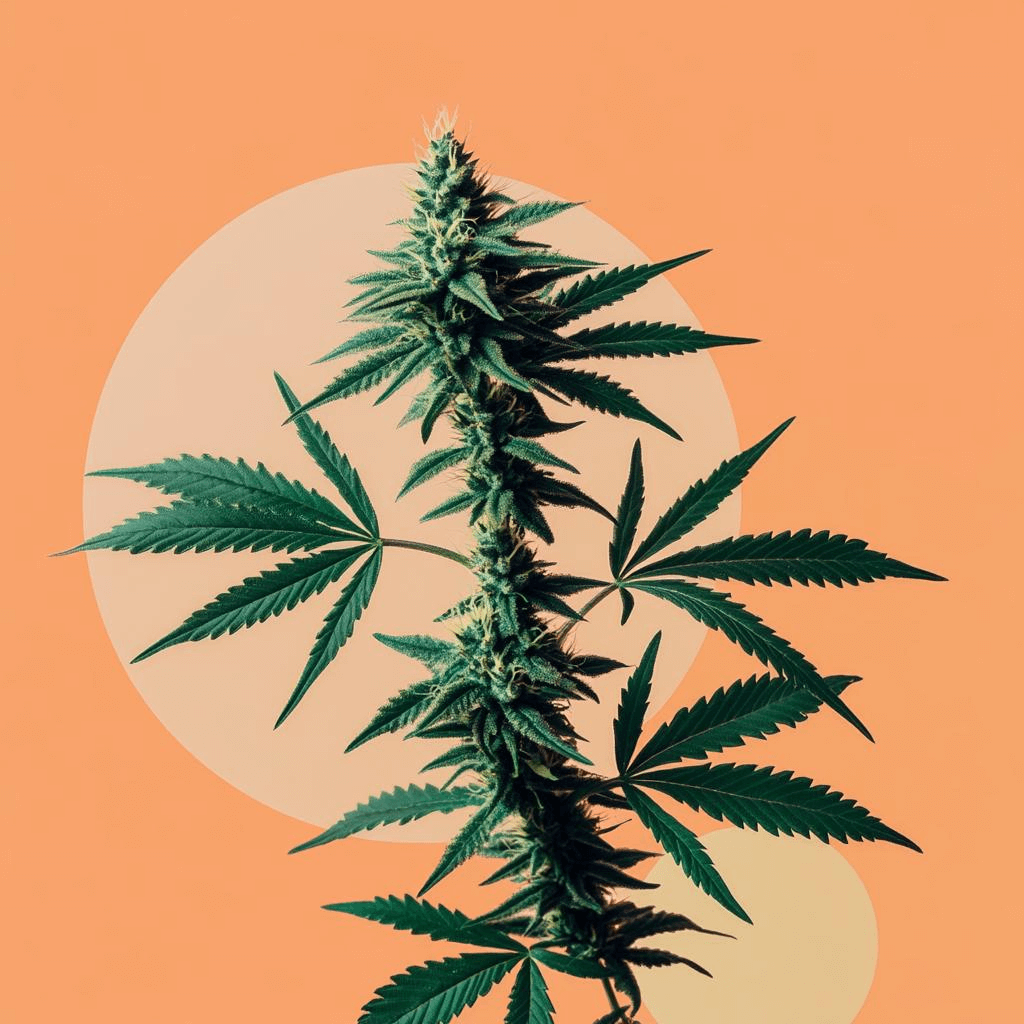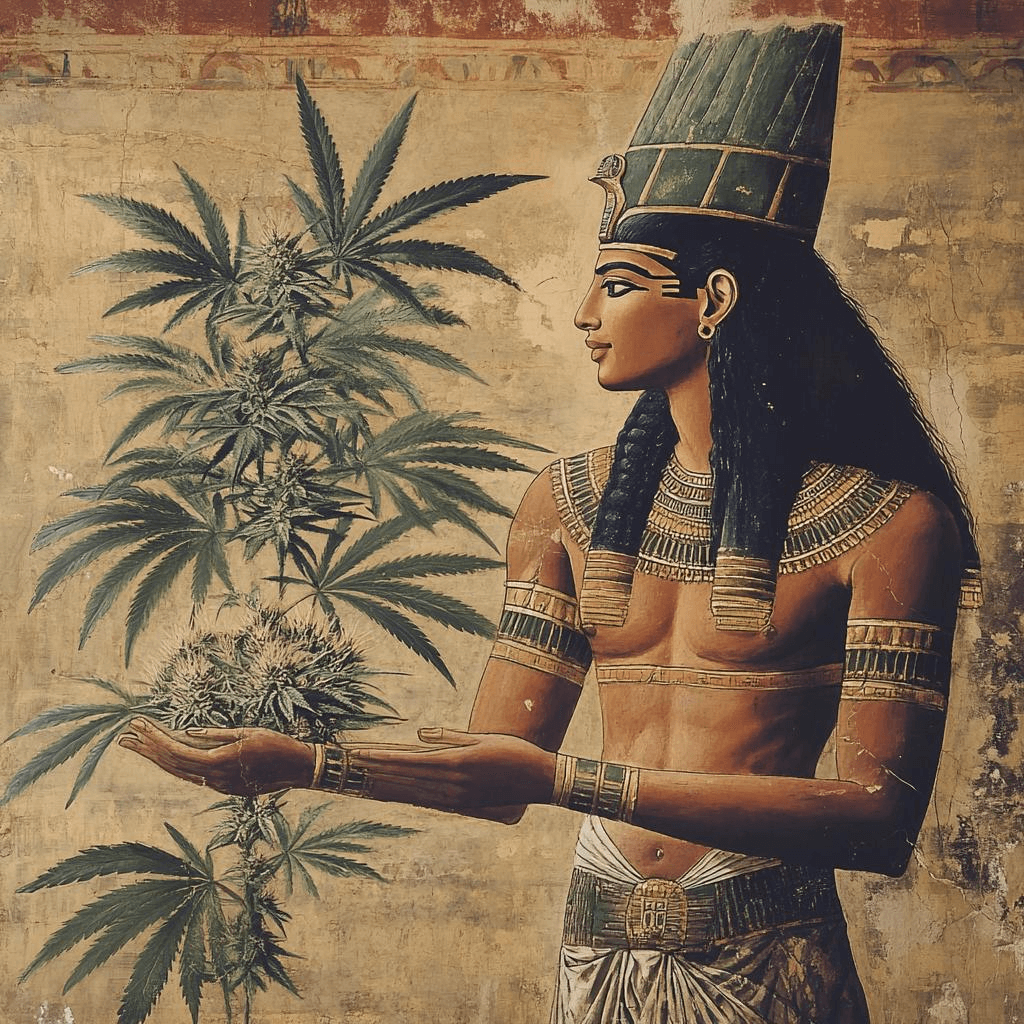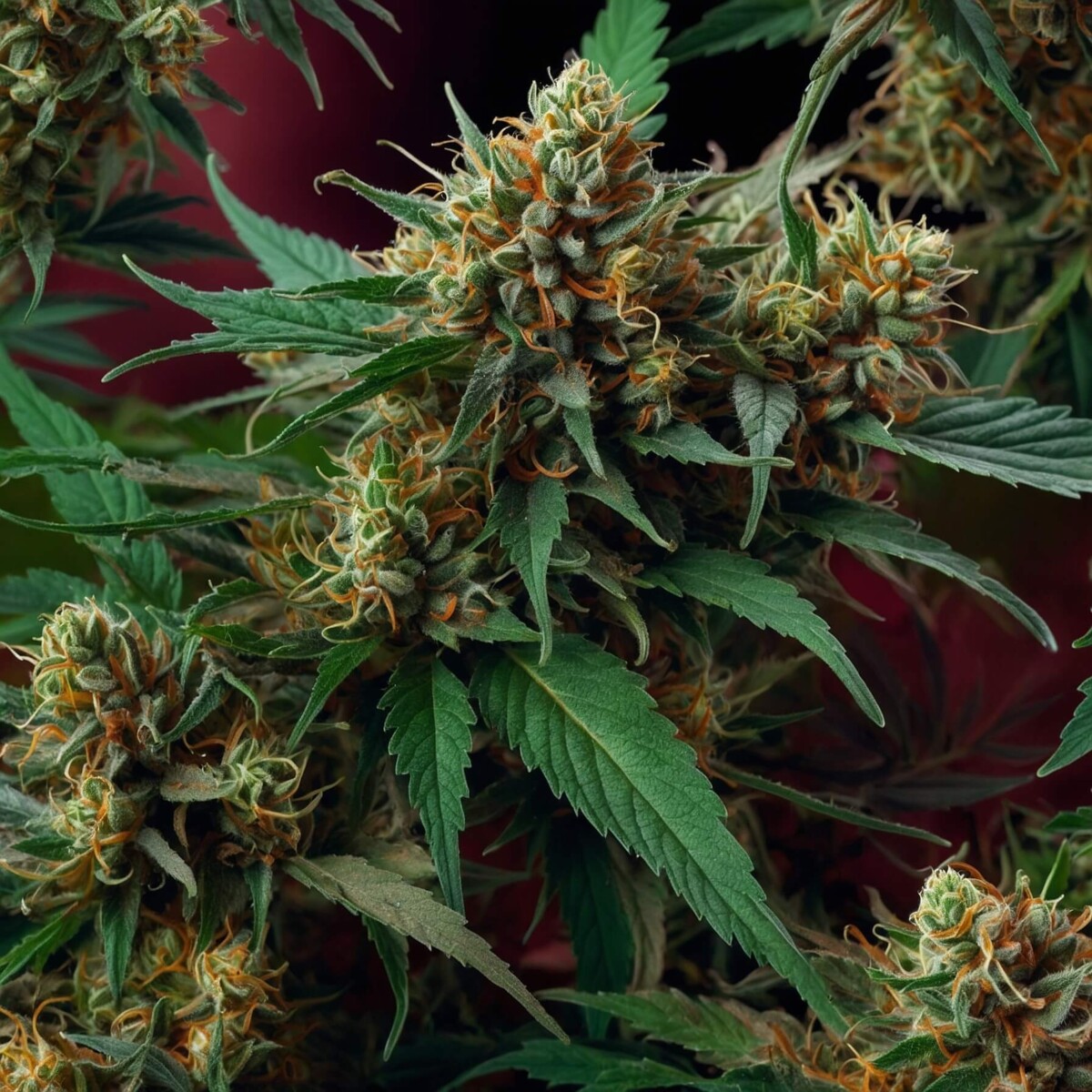Almost everyone and their mother has heard of Cannabis indica and Cannabis sativa. So why isn’t Cannabis ruderalis such a household name?
Cannabis ruderalis was first classified by botanist D.E. Janischewsky in 1924. Its native range spans from Central to Eastern Europe as well as Russia.
In botanical nomenclature, “ruderalis” roughly means “growing among rubble.” Humans have cultivated Ruderalis, but this subset is generally more or so feral.
Cannabis ruderalis is much smaller in stature than its sativa and indica relatives, rarely growing over two feet. Its leaves are also thick but with fewer fingers.
On a commercial level, there hasn’t been a direct niche that Ruderalis can fill. It does contain high amounts of CBD, but with its small stature, farmers are more likely to just go with Sativa or Indica hemp variants. And because it lacks THC potency, farmers don’t really cultivate it as marijuana either.
However, it hasn’t been completely ignored as a cash crop. Ruderalis, with its “weedy” nature, is quite a tough little plant.
Unlike other cannabis variants, Ruderalis enters its flowering cycle based on its maturity rather than the light cycle (the cycle of light and darkness a plant receives). So regardless of lighting conditions, it will still flower. Because of this auto-flowering trait, many have bred Ruderalis into Sativa and Indica strains to bolster them with the robustness of this variant.
And besides that, that’s just about what you need to know about Ruderalis. However, with all this talk about breeding, let’s move on to Hybrids.
Hybrids
When we talk about Sativas, Indicas, and Ruderalis, we’re talking about distinct plant types, their appearance, cannabinoid content, and terpene profiles.
“Hybrid” is a blanket term that can describe many different cannabis plants. It’s pretty much a strain that comes about when crossing any of the main variants.
The exciting part about Hybrids is that they can bring in more variety for cannabis enthusiasts. For example, you can have “absolute” hybrids that are dead in the middle of Sativas and Indicas as far as traits go.
However, you can also have Hybrids that might skew slightly one way or another. The Gelato strain, for example, is a strain considered to be an “Indica-leaning” Hybrid. However, our Hybrid Live Rosin Gummies will feature a perfectly balanced profile directly between Indica and Sativa.
Some notable strains of Hybrid strains include:
- Gelato
- Wedding Cake
- Orange Creamsicle
- White Widow
- Strawberry Banana
Differences Between Cannabis Strains
You have the main subsets of cannabis, and then within those groups are strains. So what are the differences between cannabis strains?
It’s going to be similar to the difference between Indica and Sativa or other types.
In general, cannabis strains may differ based on appearance. However, from an experiential perspective, what will set them apart is their terpene profile.
Terpenes give strains their flavor and may have a synergistic effect with cannabinoids. However, things get a bit more complex when you talk about “differences” in effects. So let’s jump into that next.
Possible Effects and Side Effects
The consensus among enthusiasts is that Sativas are more uplifting while Indicas are more relaxing, and Hybrids can offer a little bit of both.
However, the truth is that the effects of any cannabis product will vary from person to person. And then, there are a bit more complicated nuances beyond that as well.
The constant factor of subsets and strains is their terpene profile, which can offer synergy when paired with cannabinoids. Nonetheless, determining the effects will depend on which cannabinoid it’s paired with. For example, smoking a Gelato marijuana flower will yield different outcomes compared to smoking a Gelato hemp flower.
That’s because the primary cannabinoid in one is Delta-9 THC while in the other is CBD. On top of that, you might have something like our Gelato Live Rosin Gummies, which feature the Gelato terpene profile paired with hemp-derived Delta-9. However, Delta-9 THC in edibles will affect someone differently than Delta-9 when it is inhaled.
So with all of these factors, how does someone choose the right strain or variant?
How to Choose the Right Strain For You
When it comes to talking about cannabis strains, their effects, and what you should try, there will be many “experts” trying to push you one way or the other. We wish it were as simple as saying, “Blue Dream will offer you these effects while Northern Lights will offer these.”
So what’s the best way to determine which strain is right for you? The first step is determining what you want out of a hemp product.
Are you looking for relief? Do you want to feel energized? Are you looking for carefree relaxation? Or perhaps it’s a bit of creative inspiration that you’re after.
The second step or the “fun step” is giving these different strains a try and seeing how they affect you firsthand. The key to doing this the right way is by starting with small amounts and then determining if you should take more or less. You might be able to find a strain that’s perfect for you and your needs, but you could be easily dismayed because you took too much and felt overwhelmed.
So, in short, the best approach is to figure out what you want out of cannabis, and then try different strains using a “slow and steady” approach to figure out the right fit. If you’re curious about trying different strains, we offer a sampler bundle featuring each type of our Live Rosin Gummies.
What strains are good for certain conditions?
Here’s another stance that might deviate from what the “experts” will tell you.
If you look up cannabis strains online, there will be plenty of people telling you that “strain X is good for this condition, while strain Y works better for this other condition.”
Well, it would be great if it were that simple, but here’s the truth.
We’re experts in making Farm Bill-compliant hemp products, but we’re not doctors. And due to federal regulations, we’re not at liberty to discuss any potential medical benefits, if any, with any cannabis strain. People out there will say whatever they want about different strains. But when it comes to medical advice, please consult your physician.
About Legality
In the U.S., cannabis comes in two categories—hemp and marijuana.
Hemp is any cannabis or consumable product that contains a 0.3% or lower concentration of Delta-9 THC by dry weight.
Marijuana is any cannabis plant or product that exceeds this concentration of Delta-9 THC.
- Hemp and consumable hemp products are legal on a federal level, which includes: All Delta-9 ( ≤ 0.3%) products
- All CBD products
The federal government still deems marijuana to be a Schedule I drug. However, state laws will vary, with some banning it altogether, some with exceptions for medicinal use, and others allowing anyone 21 and up to purchase it.
So before you start exploring different strains and their effects, it’s always important to check with your state laws first.
However, you should be able to find a wide range of strains available as hemp and if not, you can surely bet someone out there is working on it.
Summary
We covered a lot in this blog, and hopefully by now you feel like an expert on cannabis variants and strains.
Here is a brief overview:
- Sativa, Indica, Ruderalis, and Hybrids are the main Cannabis variants.
- Whether these are different species is debatable, but these variants do have differences in appearance, cannabinoid content, and terpene profiles.
- Within these main categories are specific strains.
- Cannabis enthusiasts tend to associate variants and strains with effects, but remember the effects will vary from person to person.
- Finding the right strain comes down to narrowing down what you want and trying them firsthand.
- People make many different medicinal claims about strains, but the best source of health-related information is your doctor.
And that just about covers it. Until next time, happy exploring, and Mind Your Mind!



















